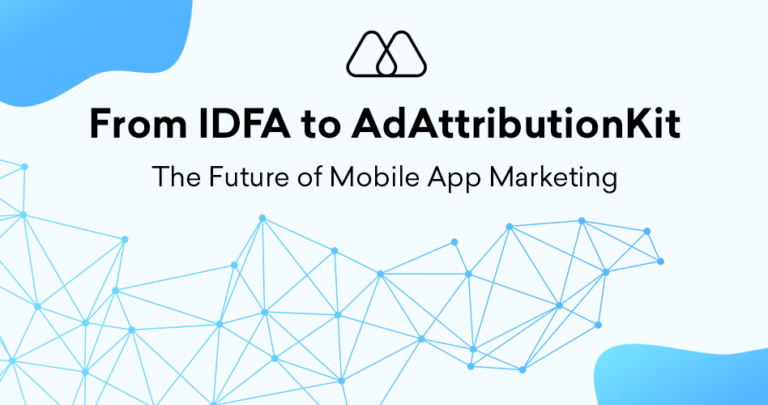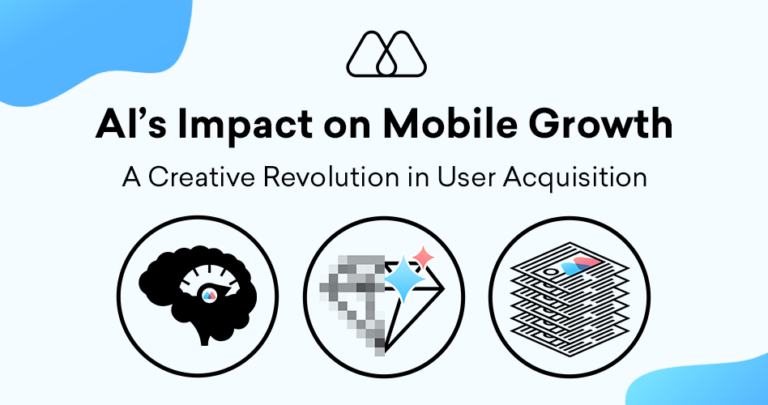In the dynamic landscape of mobile app advertising, accurately attributing conversions to specific marketing touchpoints remains a complex challenge. Traditional attribution models, such as last-click attribution, often paint an incomplete picture, failing to acknowledge various user interactions with your brand before converting. Fractional attribution emerges as a sophisticated approach, offering a more nuanced understanding of the user journey and enabling data-driven optimization of your mobile app advertising campaigns.
What is Fractional Attribution?
Fractional attribution also known as multi-touch attribution, shifts the paradigm from assigning credit for a conversion to a single touchpoint (like the last ad clicked) to distributing credit proportionally across all relevant touchpoints contributing to the user’s conversion journey. This provides a more holistic view of user behavior and allows you to identify the true impact of each marketing channel on driving conversions.
Understanding Different Types of Fractional Attribution Models
Several fractional attribution models exist, each with its method of distributing credit among touchpoints:
- Linear Attribution: This model assigns equal credit to all touchpoints during the user’s conversion journey. While simple to implement, it may not accurately reflect the varying importance of different touchpoints.
- Time Decay Attribution: This model assigns a higher weighting to touchpoints closer to the conversion event, acknowledging that interactions closer to conversion likely hold more influence.
- Position-Based Attribution: This model assigns a predetermined percentage of credit to the first touchpoint (awareness) and a percentage increase for the last touchpoint (conversion), and distributes the remaining credit equally between the two touchpoints. This offers a balance between recognizing initial brand awareness and final conversion actions.
- Custom Attribution Models: Marketers can develop custom attribution models that assign weights to touchpoints based on their perceived importance within the specific conversion funnel for their app.
The Advantages of Utilizing Fractional Attribution in Mobile App Advertising
Fractional attribution offers several key benefits for mobile app marketers:
- Deeper User Journey Insights: By analyzing credit distribution across touchpoints, you deeply understand how users interact with your brand before converting.
- Improved Campaign Optimization: Fractional attribution data empowers you to optimize campaigns by identifying high-performing touchpoints and allocating resources more effectively.
- Unveiling the Value of Upper Funnel Marketing: Fractional attribution highlights the significant role of upper funnel marketing activities (like brand awareness campaigns) in influencing user journeys.
- Cross-Channel Measurement and Attribution: Fractional attribution facilitates a more comprehensive view of user behavior across various marketing channels, enabling data-driven cross-channel optimization.
- Data-Driven Decision-Making: By understanding the relative contribution of each touchpoint, you can make informed decisions about budget allocation and campaign strategies.
5 Key Takeaways for Successful Implementation of Fractional Attribution
Transitioning to a fractional attribution model requires careful consideration:
- Define Your Conversion Goals: Identify the desired conversion actions for your app (e.g., in-app purchase, account creation, subscription).
- Choose the Right Model: Select a fractional attribution model that aligns with your conversion funnel and marketing objectives.
- Utilize Robust Attribution Tools: Invest in reliable attribution tools that accurately track user interactions and interactions across channels.
- Data Analysis and Refinement: Continuously analyze attribution data and refine your model to reflect evolving user behavior patterns.
- Communicate Effectively: Educate internal stakeholders (including creative teams and media buyers) on the benefits and limitations of fractional attribution.
Beyond the Basics: Advanced Strategies for Fractional Attribution
For sophisticated mobile app marketers seeking to maximize the potential of fractional attribution, consider these advanced techniques:
- Machine Learning and AI Integration: Leverage machine learning and artificial intelligence to analyze user journeys and predict the relative value of each touchpoint, enabling further optimization.
- Custom Modeling Techniques: Develop custom attribution models incorporating unique business insights and campaign objectives.
- Collaboration with Attribution Partners: Work closely with attribution partners to ensure consistent data collection and reporting across all marketing channels.
In today’s mobile app advertising landscape, a siloed view of user acquisition efforts is no longer sufficient. Fractional attribution offers a powerful tool to illuminate the intricate tapestry of user journeys. By understanding the cumulative impact of various touchpoints, you can optimize your mobile app advertising campaigns for greater efficiency and effectiveness.
The Future of Fractional Attribution: Continuous Evolution
The mobile app advertising industry is in a state of perpetual flux. As user behavior and marketing strategies evolve, fractional attribution models must adapt accordingly. Advanced technology integration like machine learning and artificial intelligence holds immense potential for further refining attribution models and gaining even deeper insights into the complexities of user conversion journeys.
Invest in Understanding the User Journey
Fractional attribution represents a significant shift from traditional attribution models. By embracing this approach, you demonstrate a commitment to understanding the intricate pathways users traverse before converting. This deeper understanding empowers you to craft more effective mobile app advertising strategies, propelling your app towards sustainable growth and success.




